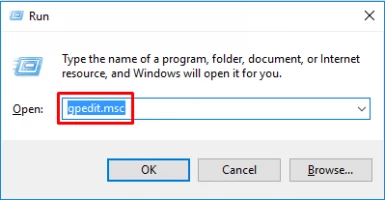After uninstalling some programs from your Windows system, you may find that as soon as you log in to your Windows account, you see some Windows dialog boxes which are reporting missing programs or DLL files, etc.
This is usually because the Uninstaller has forgotten to remove all of the programs or services that it had originally installed and configured to run on startup. There are two types of mechanisms which could be causing this:
Files or Windows registry entries
First, make sure Windows File Explorer has the 'Show Hidden Items' checkbox ticked...
Next, log out of your Windows account and then log back in again. If the same problem re-appears, then you now have a quick and easy way to check if you have fixed the problem without needing to restart Windows each time.
Once you think that you have fixed the issue, Restart Windows (not shutdown but restart) to check that all is well before you delete the unwanted files or registry entries for good.
Warning: The following methods may harm your system if something goes wrong! Before using them, create a Restore Point (in Start Menu, search for 'Create Restore Point') so that you can undo any harm that you may inadvertently cause.
1. Check in Task Manager
Press Ctrl-Shift-Esc and click the Startup tab.
Now click on the Status column and check all the items that are Enabled. If any look like they should not be there and may be causing the startup error, right-click on it and set it to Disable. You can also inspect the folder which contains the program. If you are sure that this program is the one causing startup errors you can always try temporarily renaming the folder and then rebooting to see if your error has gone away.
2. Remove programs from the Startup folders
Select any item which you think may be causing the problem, create a new folder called 'Junk' and move the suspect items into that folder. Then log out and back in again. If the problem is now fixed you can delete the 'Junk' folder (or just leave it there, just in case you later find that you need to restore one or more of the startup items).
Press Windows + R keys and type gpedit.msc, click OK.

This will take you to the Group Policy Editor. In the left pane, go to User Configuration, where you select Windows Settings. Now, click on Scripts (Login / Logout), and in the right pane, double-click Login. In the Login Properties window, click the Add button, click the Browse button and select the application you want to run. After that, click Apply and OK to save your changes. After that, restart your computer and check if the application starts automatically with Windows or not.
5. Check the Registry
HKEY_CURRENT_USER\Software\Microsoft\Windows\CurrentVersion\Run







No comments:
Post a Comment